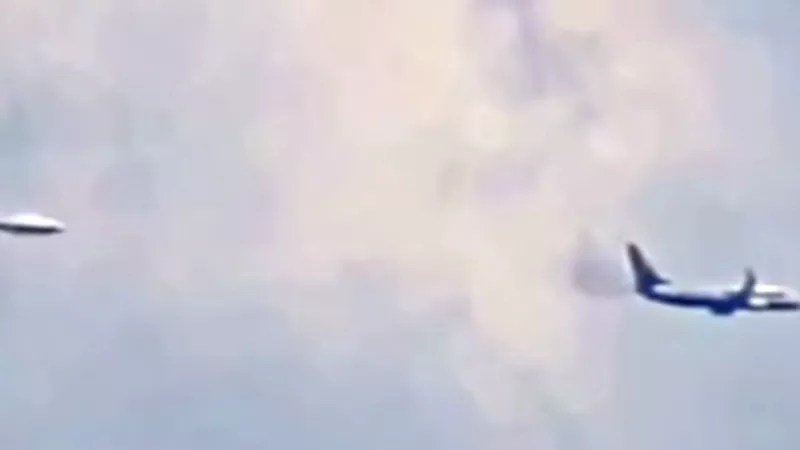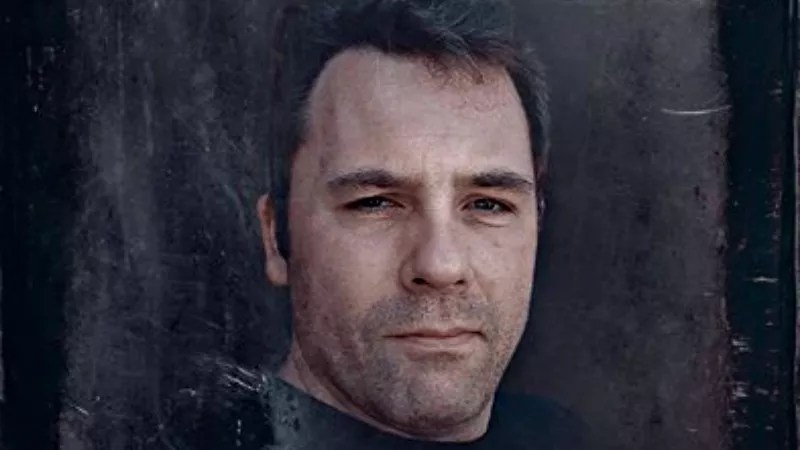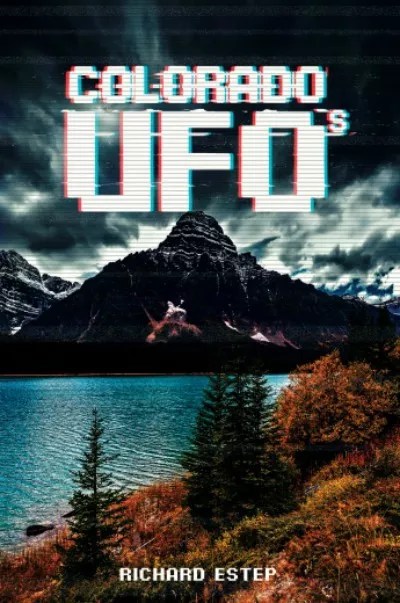
YouTube file photo

Audio By Carbonatix
By day, author Richard Estep is a paramedic clinical chief based in Colorado, and this background proved key when he was writing his latest book, Colorado UFOs.
“As a seasoned paramedic, I’ve learned to tell when somebody is stringing me along or I’m being bullshitted,” Estep says. “But I’m convinced that everybody I interviewed for the book absolutely believed what they were telling me.”
Colorado is a hotbed for ufology, which we’ve documented before. In 2010, we covered former Denver City Council candidate Jeff Peckman’s advocacy of Initiative 300, which would have established an Extraterrestrial Affairs Commission; it didn’t pass. Three years later, we shared a collection of Denver-centric UFO videos, of which there are plenty on YouTube. In 2015, a website called The Black Vault published declassified Air Force documents that included several reports about Denver UFOs. And our list of Colorado counties with the most UFO sightings per capita, unleashed a few months later, was topped by Saguache, west of Pueblo.
As for Estep, he notes that “I usually write about houses and the histories of various places” – a reference to tomes such as Haunted Longmont, The World’s Most Haunted Hospitals and The Haunting of Asylum 49. “But the publisher I was talking to” – Schiffer Publishing – “said, ‘What we really want is a UFO book, but not the usual lights-in-the-sky kind of thing. We want something that looks at the human-interest angle and the colorful personalities.'”

Colorado author Richard Estep.
Courtesy of Richard Estep
Estep soon signed on, and before he knew it, “I was in a forest clearing outside Evergreen at midnight, taking road trips to far-flung places across the state and interviewing people who believe they had bizarre encounters.”
As for his own views regarding the possible legitimacy of otherworldly meet-ups, “I think there’s a sliding scale,” Estep says. “On the one hand, it’s arrogant to think we’re the only species of intelligent life in existence – or that even if we weren’t, we’d be the most advanced. So I’m definitely open to the possibility. But I also kind of agree with Neil deGrasse Tyson when he said, ‘Hey, alien abductees: Try to grab a knob or a dial or a piece of the spaceship when you come back.’ So I’m between those two poles. And because the people I talked to are certain these events really happened to them, it makes for a fascinating phenomenon whether they’re true or not.”
In the book, Estep acknowledges that some UFO reports have mundane explanations related to things like rogue Google balloons – “but I also talked to airline pilots who are trained observers and aren’t easily fooled by what they see in the sky,” he says. “And if you think airline and military pilots aren’t able to tell the difference between a natural phenomenon and an unnatural one, that doesn’t sit well with me.”

One pilot revealed that “after he began talking about these kinds of encounters, the airline forced him to take a sanity test,” Estep reports. “He had to meet with psychologists, who certified him sane. But it certainly didn’t do any good for his career. There’s a certain stigma that comes with this that many people want to avoid – because when you say ‘UFOs,’ a lot of people think of little green men.”
For these reasons, he continues, “a number of people insisted on anonymity. They said, ‘I’m willing to share the story, but nobody can know my name'” – and Estep sees such requests as potentially enhancing their credibility, since they’re not simply trying to get attention by telling such tales. “How do guys like that benefit in any way?” he asks.
Some of the more memorable accounts that Estep collected “are the personal ones,” he notes. “For example, a woman told me that when she was a kid, her mom was late coming back from a social event. The family was worried. They were ready to call the police. But she came back two hours late, shell-shocked and talking about encountering a bright light in a rural area that caused her to experience a period of missing time. It wasn’t an abduction story, but an interrupted journey home, and the whole family knew the story – but there was no explanation for it. This wasn’t somebody seeking publicity or anything of that nature. This was a person who’d kept what happened quiet among the family for many years, which I thought was really interesting.”
His approach to putting this material in prose form was “100 percent to let you, the reader, decide. I’ve come to my own opinion, but I don’t like to tell people what to think. My fascination is finding the story and laying it out there.”
Still, he’s comfortable saying that no one lied to him for this book, although that happens to him regularly in his other career.
“That’s something EMTs and paramedics encounter on a very regular basis,” he notes. “Folks are embarrassed or not trusting or assume they’re going to get into trouble by telling the truth about how they sustained an injury or something like that – and then, when they talk to a doctor, their story will completely change. So it’s all about asking the right questions that will lead you down a path to a diagnosis and a treatment plan – and interviewing somebody who claims they’ve experienced something they think is paranormal is really no different. In both cases, you’re taking down a comprehensive history and winnowing down to a potential explanation.”
After all, the truth is out there.